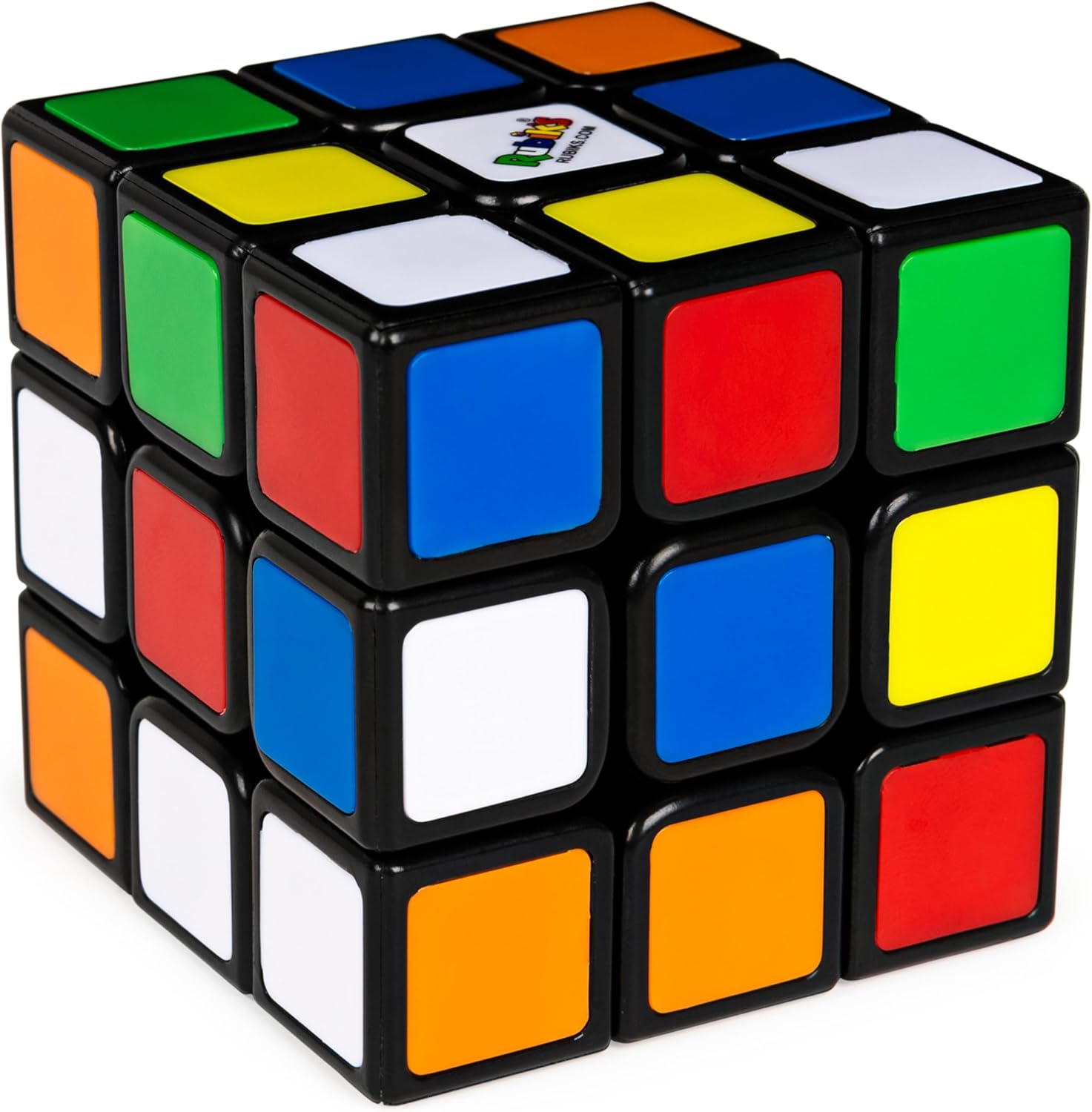
There’s something beautifully honest about a Rubik’s Cube. At first glance, it looks chaotic—just a mess of colors with no obvious path forward. Most people pick it up, twist it a few times, and give up. But the moment I realized that this little block of plastic wasn’t random at all—that it could be solved systematically, with a learnable, repeatable process—I was hooked.
My love for the Rubik’s Cube comes down to this simple truth: mastery is accessible when you’re willing to learn the parts and understand how they work together. The cube isn’t about talent. It isn’t about luck. It rewards the person who shows up, studies the patterns, commits the steps to memory, and keeps turning until the colors fall into place. That approach resonates deeply with me.
When I solve a cube, it’s more than the click of the pieces or the final turn snapping everything into alignment. It’s a reminder that almost anything in life—no matter how complex it appears—can be broken down into components. And once you understand the components, the challenge becomes conquerable. That feeling of turning chaos into order through a learned process is powerful. It reinforces something I hold onto: if I can learn this, I can learn anything.
Solving the cube gives me a sense of mastery, but not in an arrogant way. It’s grounded, almost humble. It says, “Follow the steps. Trust the process. Keep going.” It’s proof that the world is full of systems waiting to be understood. You don’t have to reinvent the wheel every time you face a challenge. Sometimes you just have to zoom out, find the pattern, and apply what you know.
The Rubik’s Cube has spilled over into other parts of my life more than I realized. It’s shaped how I approach problems—breaking them down, identifying the levers that matter, and refusing to get overwhelmed by the big picture. It’s influenced how I teach, how I communicate financial strategies, even how I set goals. The cube taught me that anything consistent, repeatable, and grounded in principles can be mastered. That lesson shows up everywhere.
When I introduce someone to the cube, especially someone who believes they “could never solve one,” I see a bit of myself in that hesitation. Most people aren’t actually afraid of the cube; they’re afraid of looking foolish or failing at something unfamiliar. But once they see that the path is learnable—that the complexity hides a simple system—they start to believe in their own ability.
That’s what the Rubik’s Cube has given me: not just a fun puzzle, but a philosophy. A reminder that confidence grows from competence. That progress comes from understanding. That mastery is within reach if you’re willing to break things down and learn the moves.
And honestly, that’s a lesson worth carrying far beyond the cube.

